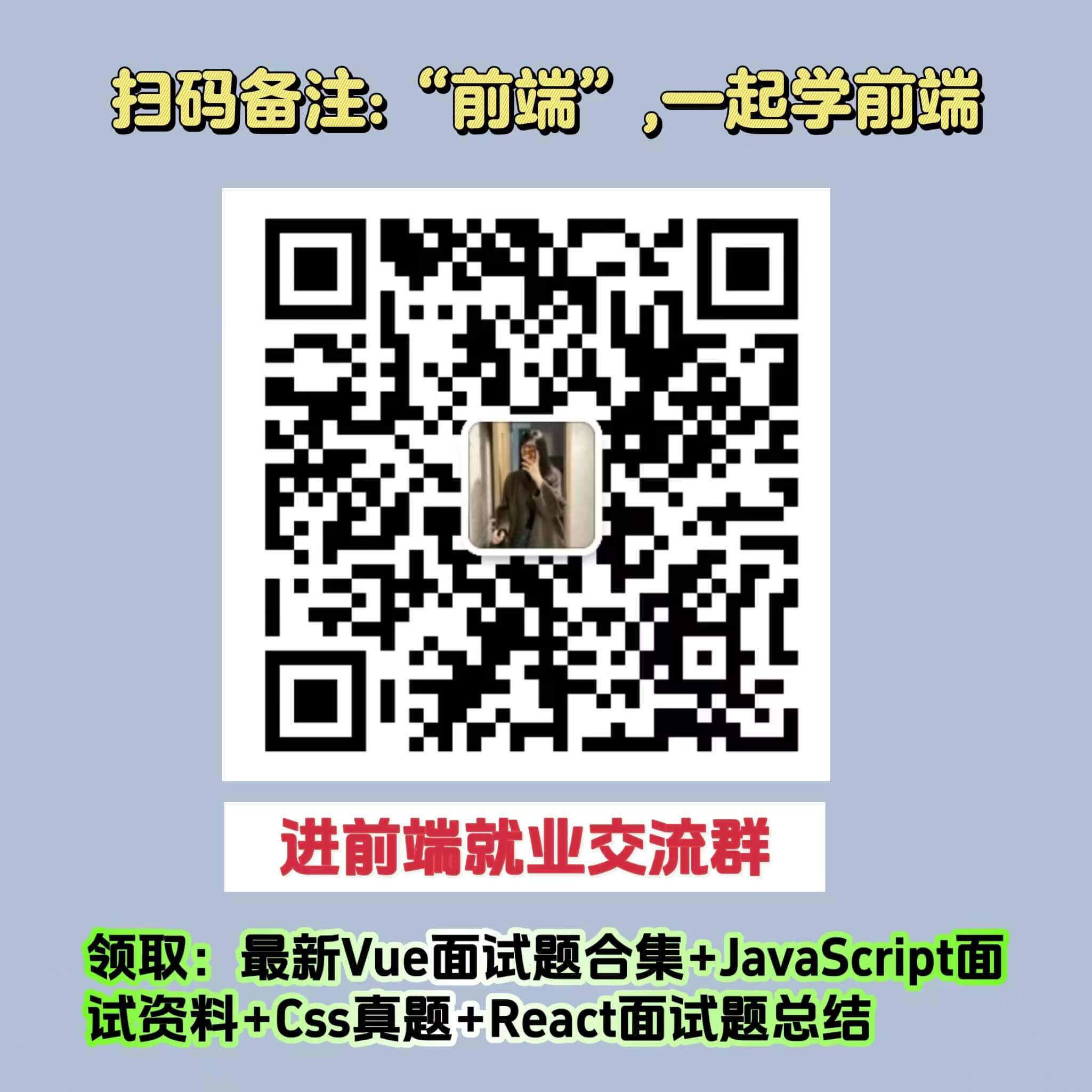Web Components 在 RealWorld 的应用实现
Web Components 是一种新的前端技术,它能够让我们创建可复用组件,从而提高前端代码的可维护性、可扩展性和可重用性。在 RealWorld 中,Web Components 的应用实现被广泛应用,让前端开发更加轻松、高效。本文将详细介绍 Web Components 在 RealWorld 的应用实现,包括实现原理、学习和指导意义,以及示例代码。
实现原理
Web Components 是指一组技术,包括自定义元素、影子 DOM、HTML 模板和 ES6 模块等。这些技术的目标是让我们能够创建完全独立的、可复用的组件,而不需要依赖于特定的框架或库。
在 RealWorld 中,Web Components 是通过以下步骤实现的:
- 创建自定义元素:使用 document.registerElement() 创建自定义元素,该元素会继承自 HTMLElement。
class RealWorldCard extends HTMLElement { constructor() { super(); // 初始化组件 } } customElements.define('realworld-card', RealWorldCard);
- 创建影子 DOM:使用 this.attachShadow() 创建影子 DOM,并把模板内容添加到影子 DOM 中。
class RealWorldCard extends HTMLElement { constructor() { super(); const template = document.getElementById('realworld-card-template'); const shadowRoot = this.attachShadow({ mode: 'open' }); shadowRoot.appendChild(template.content.cloneNode(true)); } }
- 定义属性和方法:定义组件需要的属性和方法,以便用户使用。
-- -------------------- ---- ------- ----- ------------- ------- ----------- - ------ --- -------------------- - ------ --------- -------------- --------- - -- ------- ------------------------------ --------- --------- - -- ---- - -- ------- ------------------- - -- ----- - -- ------- ---------------------- - -- ---- - -- ---- -------- - -- ---- - -展开代码
学习和指导意义
Web Components 在 RealWorld 中的应用实现有着深刻的学习和指导意义。首先,它能够让我们更好地理解 Web Components 的实现原理,包括自定义元素、影子 DOM、HTML 模板和 ES6 模块等。其次,它能够让我们掌握如何创建可复用、可扩展和可维护的组件,从而提高我们的前端开发能力。最后,它能够让我们在实际项目中应用 Web Components 技术,从而提高项目的效率和质量。
示例代码
下面是一个基本的 RealWorld 组件示例,它包括一个自定义元素 RealWorldCard 和一个 HTML 模板 realworld-card-template。
-- -------------------- ---- ------- --------- ----- ----- ---------- ------ ----- ---------------- ---------------- ------------ ------- ------ --------- ----------------------------- ------- ----- - -------- ------ ------------ ------ ----------- ------- --- ----- ----- -------------- ---- -------- ----- - -- - ---------- ----- ------- - - ----- - --- - ---------- ----- - - - ------- - - ----- - -------- --------- ----- ------- ----------- -------- ----- ------------- ------- ----------- - ------ --- -------------------- - ------ --------- -------------- --------- - ------------- - -------- ----- -------- - --------------------------------------------------- ----- ---------- - ------------------- ----- ------ --- --------------------------------------------------------- - ------------------------------ --------- --------- - ------ ------ - ---- -------- ----------------------------------------------- - --------- ------ ---- -------------- ---------------------------------------------- - --------- ------ ---- -------- ---------------------------------------- - --------- ------ - - ------------------- - -------------- - -------- - ----- ----- - --------------------------- ----- ----------- - --------------------------------- ----- ----- - --------------------------- -------------------------- ------- -------------------------------- ------------- -------------------------- ------- - - --------------------------------------- --------------- --------- --------------- ------------ ------ ----------------- -- - --------- ------ --------------------------------------------------- ------- -------展开代码
在上面的示例代码中,我们创建了一个自定义元素 RealWorldCard,并使用 HTML 模板定义了其外观和样式。在组件的 attributeChangedCallback、connectedCallback 和 update 方法中,我们实现了组件的属性更新、初始化和渲染方法。最后,在 HTML 页面中我们使用 realworld-card 元素来创建 RealWorldCard 组件,传入了需要显示的内容和图片。
来源:JavaScript中文网 ,转载请注明来源 https://www.javascriptcn.com/post/67d630f1a941bf7134bde755
